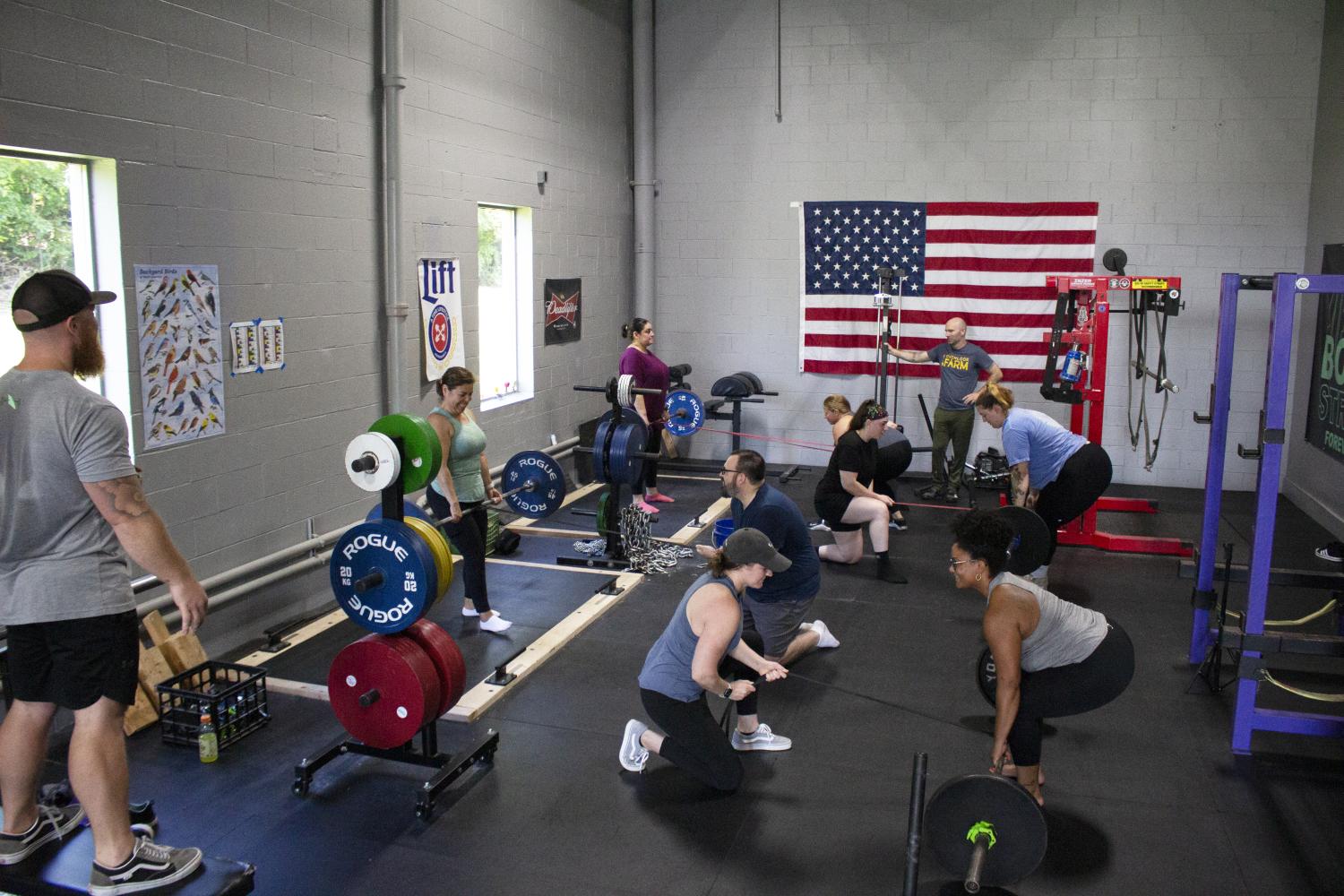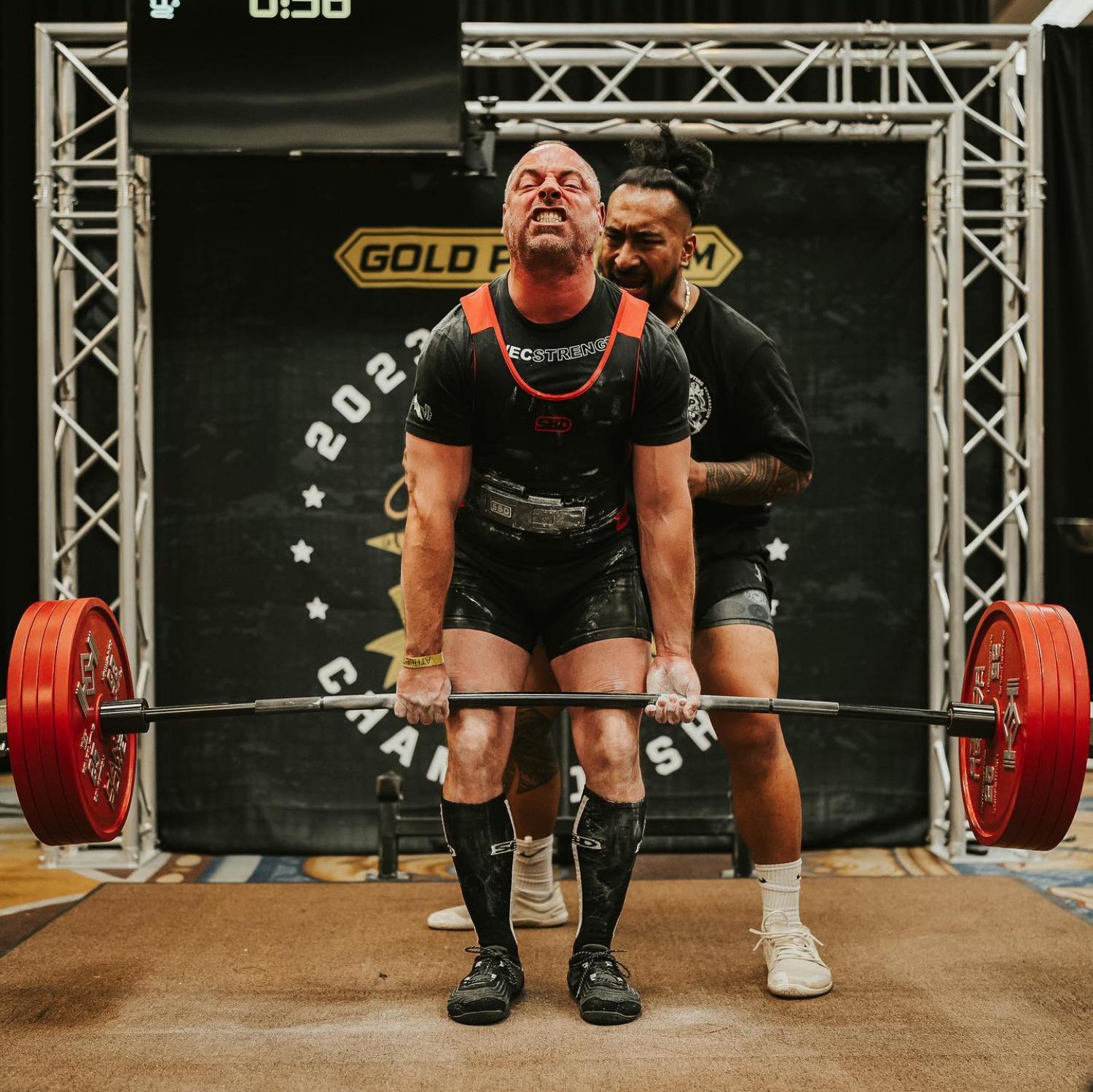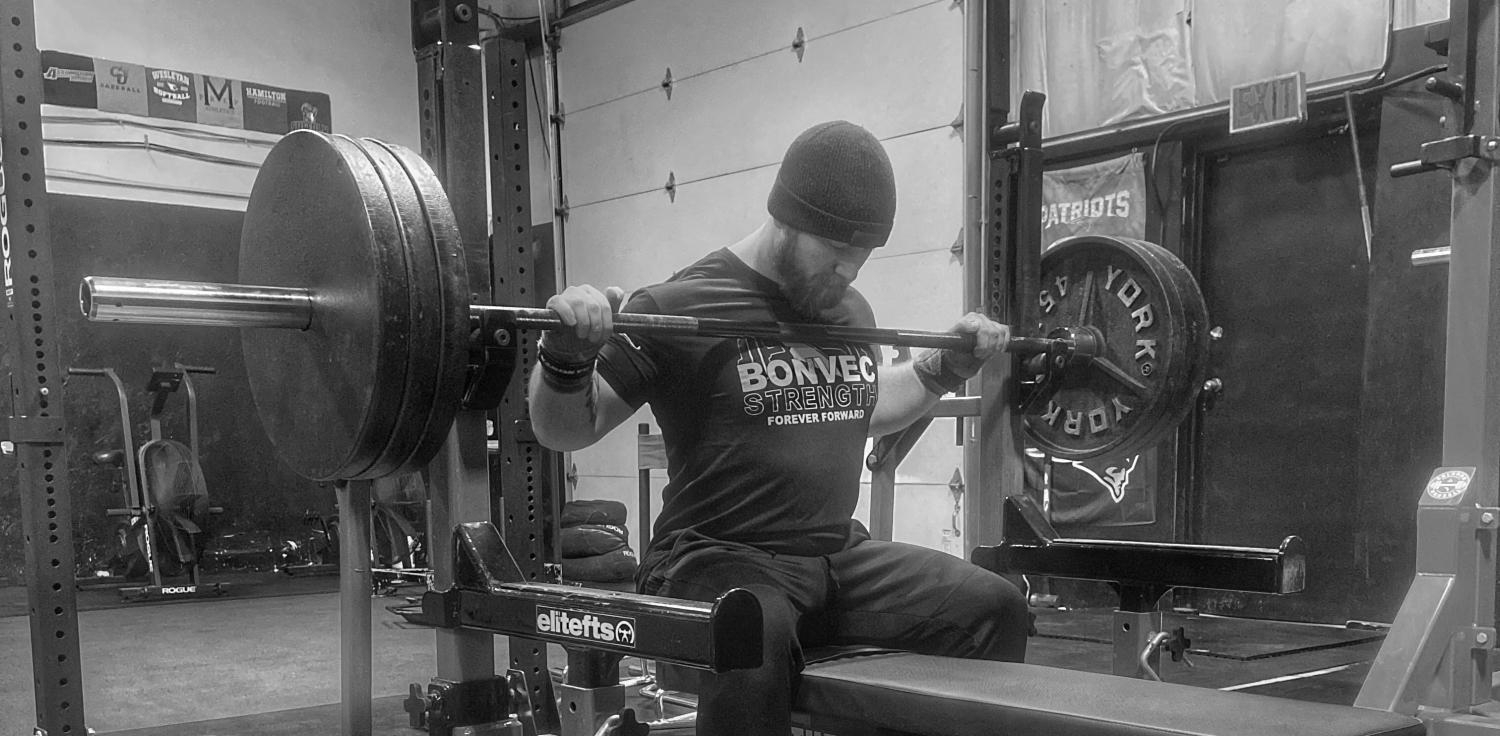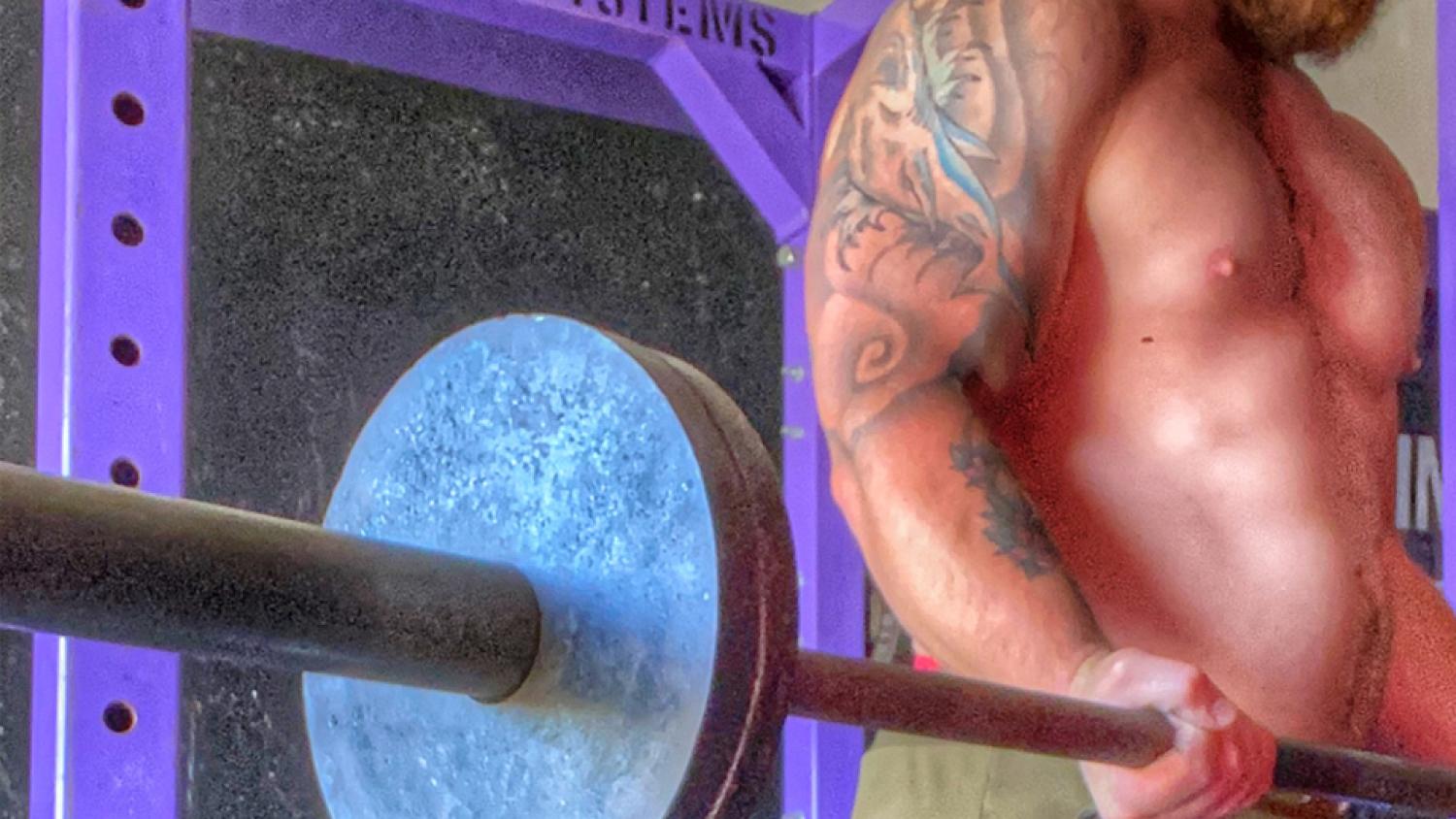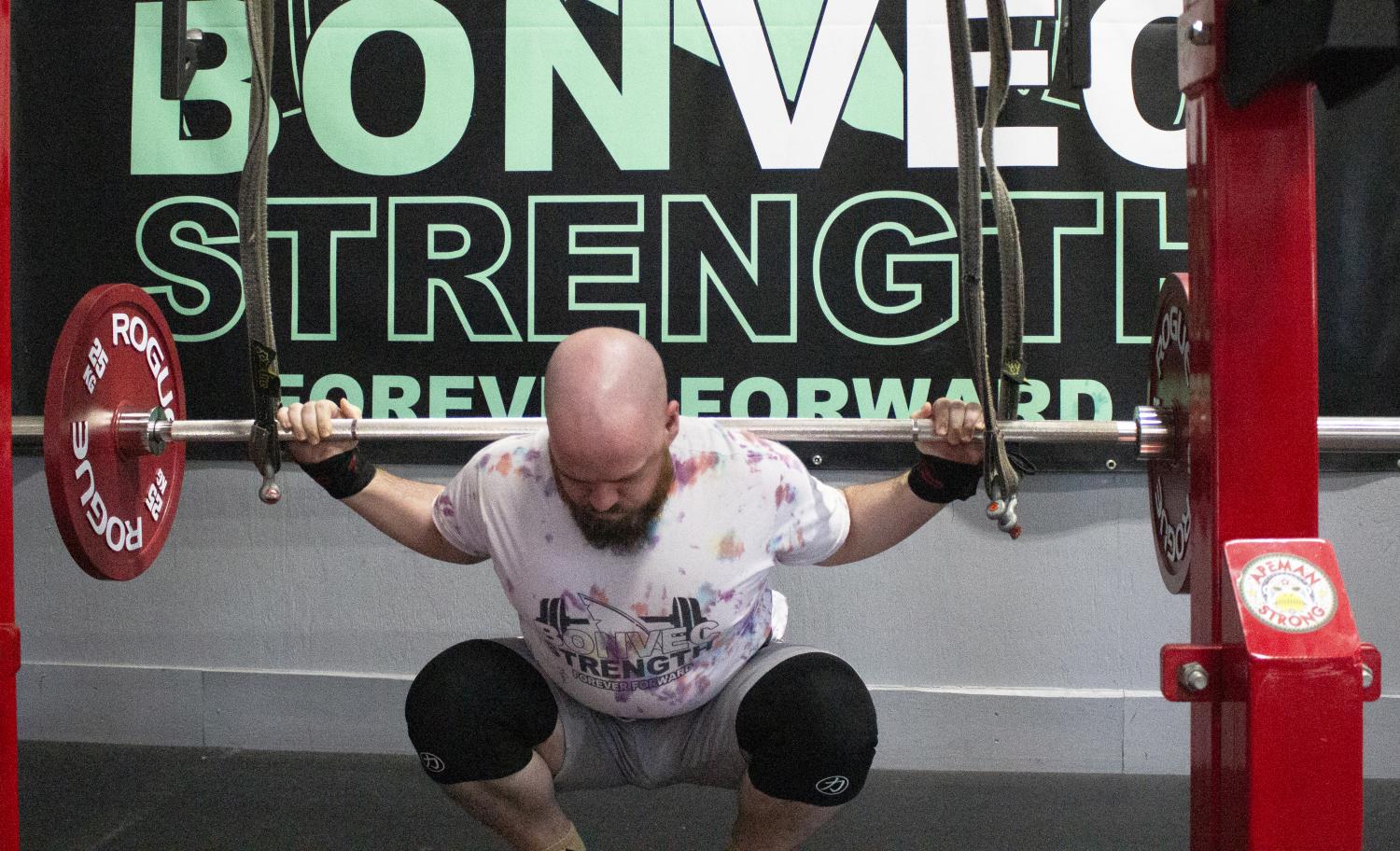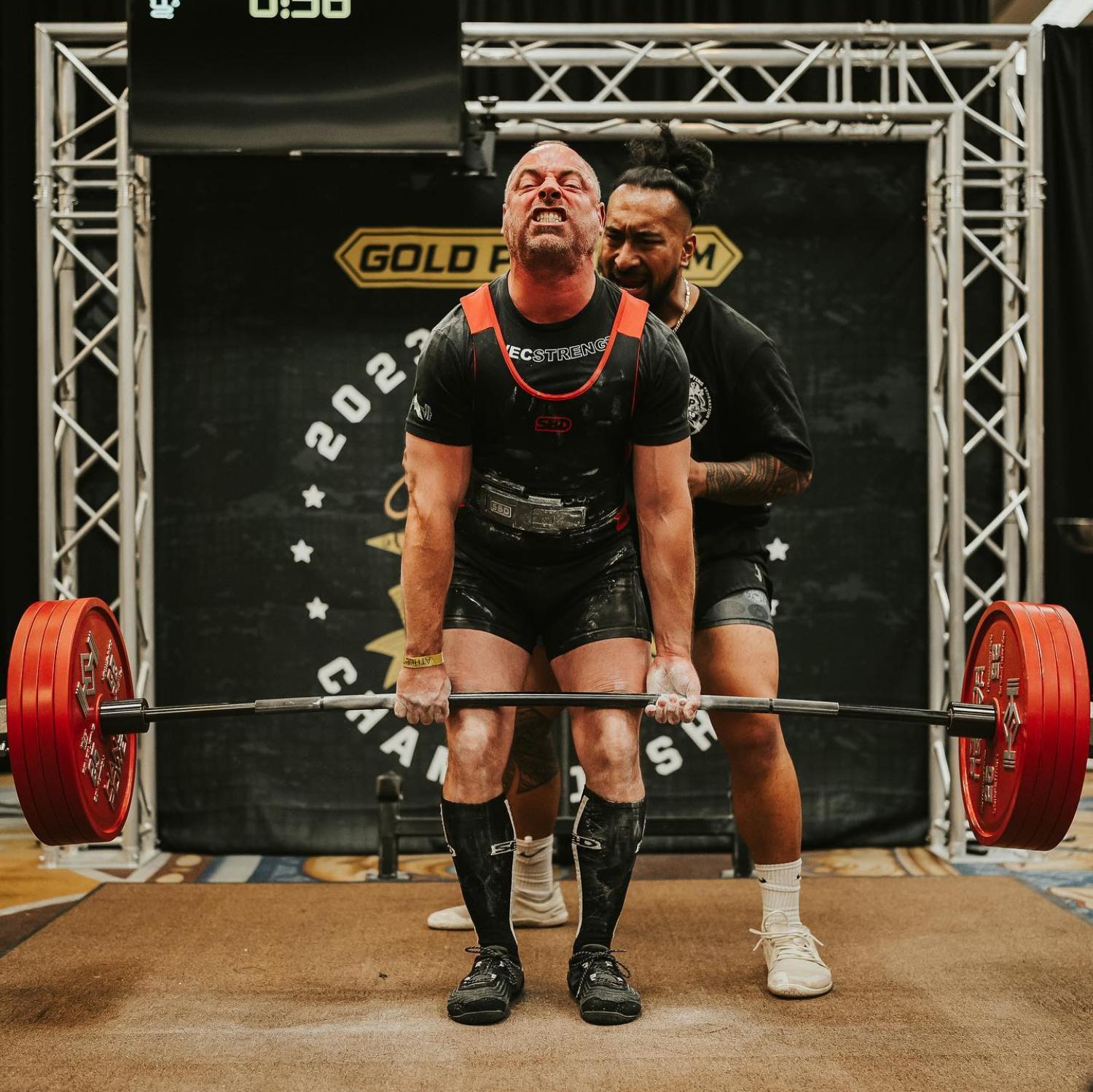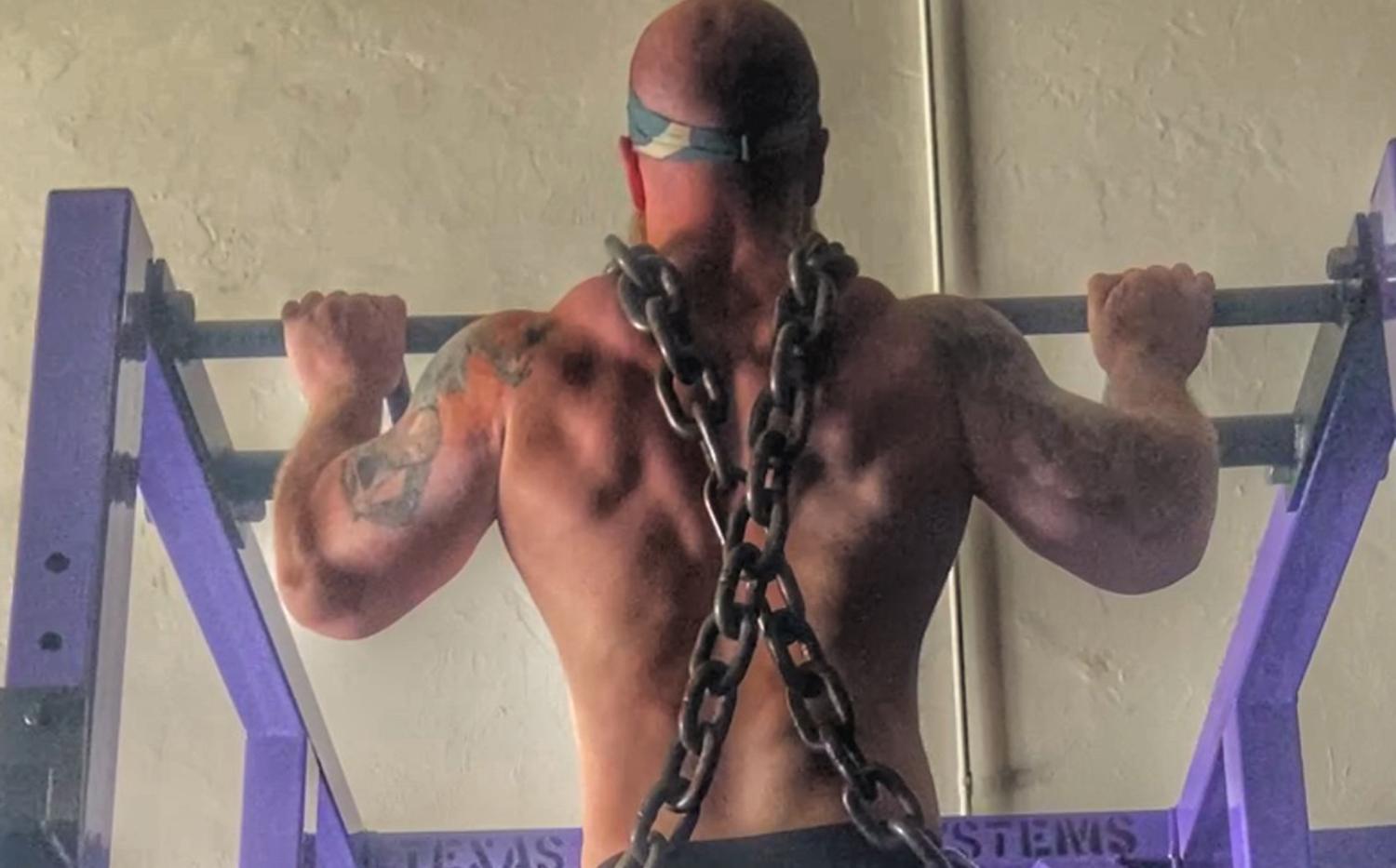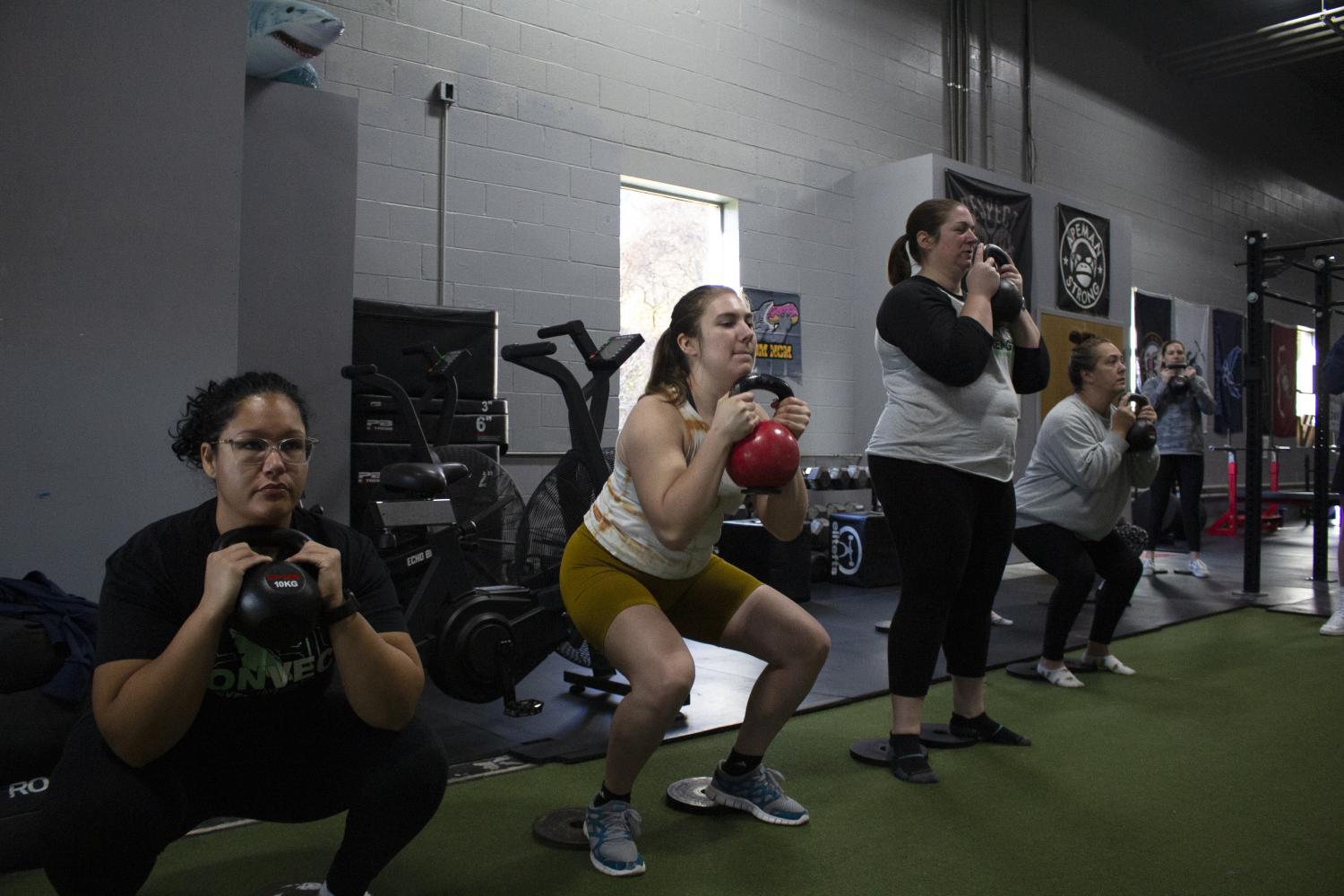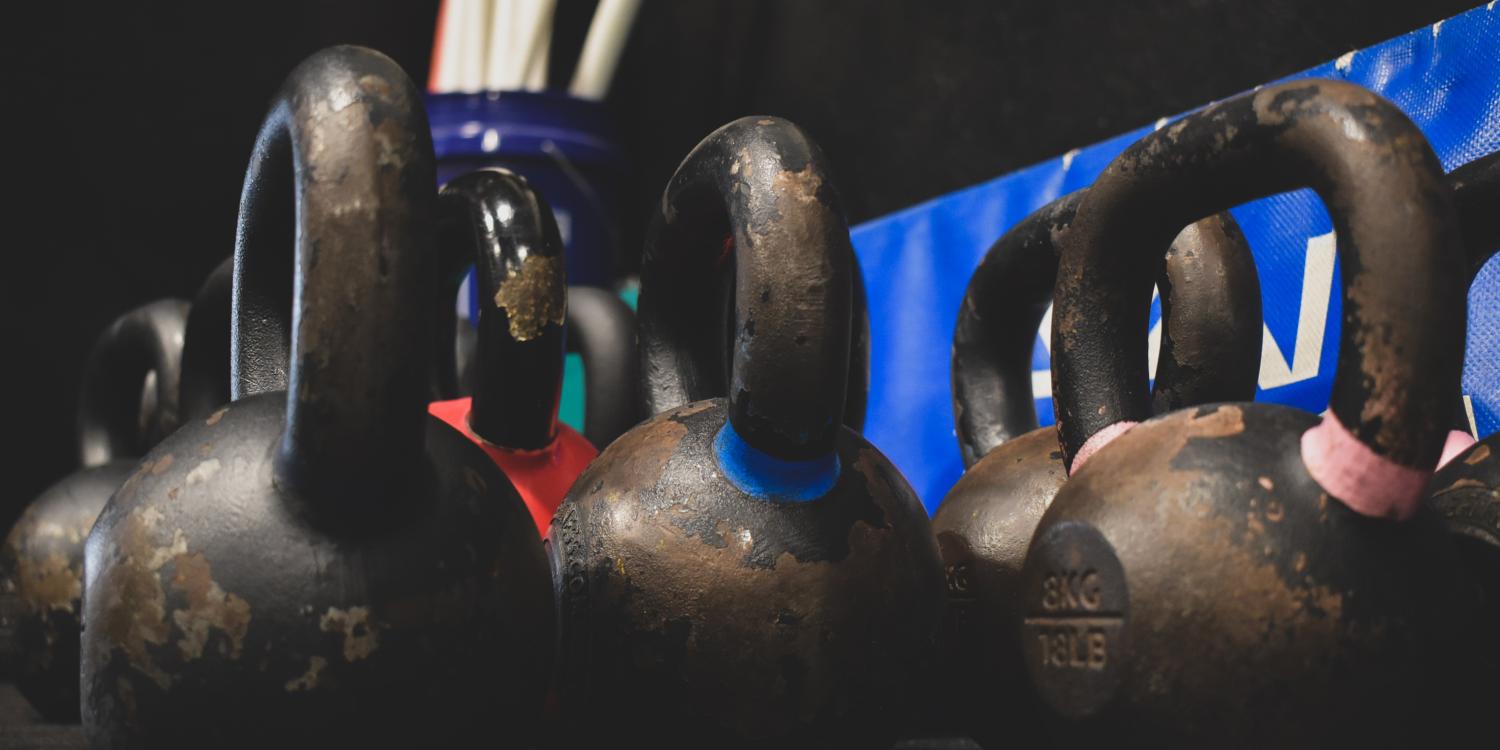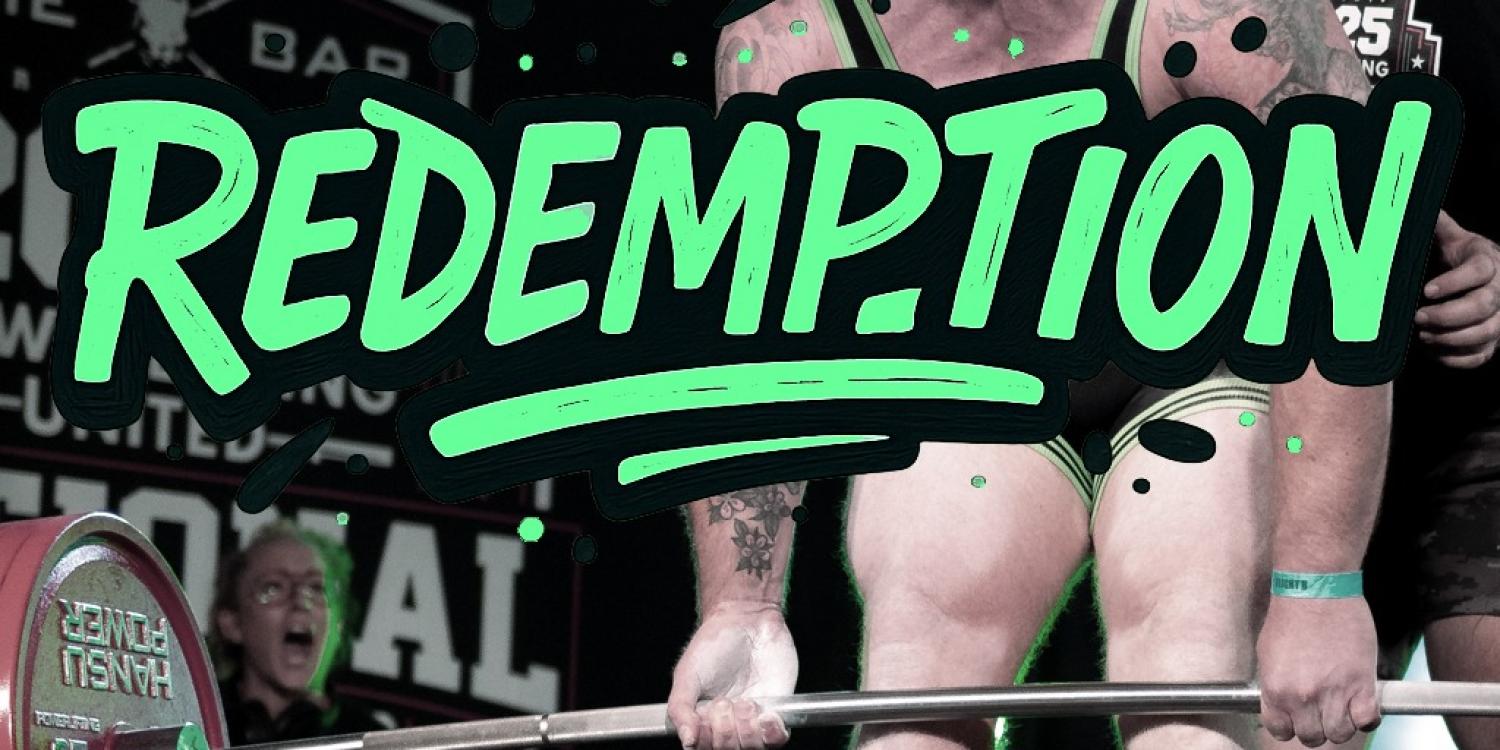
General Strength
Bonvec Strength
PowerliftingStrength training is one of the few things in life where the better you get, the harder it is to keep getting better. As you get stronger, it takes more work AND smarter planning to keep getting stronger. It takes longer and longer between PRs, and old methods that used to work for you are no longer enough to keep the gains coming. It's like reverse compound interest; the more you put in, the less you get out of it.
Does this sound familiar? Stop spinning your wheels and let Bonvec Strength steer the ship. Our General Strength program is a consolidation of decades of under-the-bar and coaching experience. We've helped hundreds of lifters get stronger, and we can help you too.
We called this program General Strength for a reason: it lays the groundwork of strength in the 3-5 rep range that's necessary before pursuing new 1-rep maxes. Quality strength training isn't flashy. It requires doing the same thing over and over until you've reached technical mastery. General Strength embraces this mindset. Over 12 weeks of this program, you will work diligently on technique and build a base of strength to set yourself up to take on heavier weights and reach for new PRs.



Technique is a Choice
A
Technique is a Choice
Technique is a Choice If you're reading this program, chances are you already know a thing or two about how to squat, bench press and deadlift. However, you're never too strong or too experienced to work on improving your technique. At Bonvec Strength, we like to say that technique is a choice. It's completely in your power to give 100 percent of your attention and focus to your technique when you're under the bar. It's completely in your power to choose the weight on the bar based on your technical max (i.e., the weight you can lift with optimal technique), NOT simply as heavy as you can go even if your technique falls to pieces. And it's completely in your power to be a student of the iron, continually striving to learn and improve your technique. This section includes four in-depth tutorials on the squat, bench press, conventional deadlift and sumo deadlift. Watch the videos before diving into this program so you have a clear idea of how best to perform the big lifts as safely and effectively as possible.
How to Squat
B
How to Squat
How to Squat
How to Bench Press
C
Bonvec Strength: How to Bench Press
How to Bench Press
How to Conventional Deadlift
D
Bonvec Strength: How to Conventional Deadlift
How to Conventional Deadlift
Conditioning
E
Bonvec Strength: How to Sumo Deadlift
How to Sumo Deadlift
Important Concepts
F
Bonvec Strength: Important Concepts
Rate of Perceived Exertion (RPE) You will select your weights for your main lifts is using Rate of Perceived Exertion (RPE). This is a subjective method of load selection that rates the difficulty of a set on a scale of 1-10, with 1 being easiest and 10 being a maximal effort. RPE-based training utilizes autoregulation, meaning that you adjust the weight on the bar based on how you’re feeling on a given day. If you’re feeling great, push for heavier weights. If you’re feeling lousy, go lighter. This gives the lifter more options than percentage-based training or simply adding weight every week, and leads to more productive training sessions overall. It takes time to learn to judge your own RPE, so you may not get it perfect at first. Most importantly, start too light. If you go too heavy right out of the gate, it will be difficult to keep adding weight to the bar over the course of 12 weeks as you approach your competition or testing day. There are two main ways to judge RPE: using “reps in the tank” or “how heavy did that feel?” The former is more objective, but doesn’t work as well for heavy, low-rep sets. The latter is more subjective, but works better for more experienced lifters and for heavy, low-rep sets. For example: Reps in the Tank (RIR) 10 RPE - 0 reps left in the tank (could not have done another rep and/or any more weight despite a maximal effort) 9.5 RPE - MAYBE 1 rep left in the tank 9 RPE - Definitely 1 rep left in the tank 8.5 RPE - MAYBE 2 reps left in the tank 8 RPE - Definitely 2 reps left in the tank 7.5 RPE - MAYBE 3 reps left in the tank 7 RPE - 3 reps left in the tank ...and so on. How Heavy Did that Feel? 10 RPE - Maximal effort, as heavy as possible for the given rep range. 9 RPE - Really heavy, but possibly could have gone a bit heavier. Had to grind to finish the rep. 8 RPE - Heavy, but still plenty of strength left. Didn’t have to grind to finish the rep. Similar to an opening attempt in competition. 7 RPE - Moderate difficulty. Bar still moved fast and smooth. 6 RPE - Light, not difficult. Probably not heavy enough to make you stronger. ...and so on. Reps In Reserve (RIR) This program uses the Reps In Reserve (RIR) method to determine the loading and reps per set of all exercises. Rather than performing a predetermined number of reps per set, you will select a weight that you believe will result in you completing the set in a certain rep range, and then perform as many reps as possible, stopping a certain number of reps shy of failure (i.e., leaving reps in reserve). For example, say you were going to do triceps extensions and you wanted to do 10-12 reps (a common hypertrophy rep range). You realize midset that the weight is somewhat easy, but stop at 12 reps with about 5 reps in reserve. Was this set productive? Probably not. Arbitrarily stopping at 12 reps leaves you too far from failure to force the body to adapt and build muscle. Rather than stopping at 12, say you intended to perform the set to 2 RIR, so you continued to do reps until you got to 15, which was difficult but felt like you have done 2 more reps if you absolutely had to. Although you did more reps than the target rep range (10-12), you stayed true to the 2 RIR assignment and finished the set close enough to failure to likely trigger a hypertrophy response. Autoregulating Volume Autoregulation is a training concept that means adjusting your training load, volume or both to account for changes in your readiness to train on a given day. As previously discussed in the Important Concepts section, RPE and RIR are two forms of autoregulation. RPE autoregulates the load on the bar, and RIR autoregulates the number of reps you perform on a given set. General Strength also uses autoregulation to determine how many sets of your main lifts you will perform each day. Many programs tell you exactly how many sets and reps to do, which is fine. This approach works. However, after years of working with powerlifters, we've determined that your body will often tell you how much work is enough. For that reason, General Strength uses autoregulation to determine when to keep pushing through more sets and when to say "that's enough" for the day. This prevents you from doing too much "junk volume" - doing more sets just for the sake of doing more without being productive - and also prevents you from skipping the necessary work to make strength improvements. After you perform your main lift for the day, you will drop the weight by 5-10 percent depending on what the program says. Then, you'll continue to perform sets of the main lift until your RPE increases again to match the RPE of the top set. For example, let's say your scheduled squat assignment is: Work up to 1x5 @ 8 RPE, then do sets of 5 @ 90% of top set until you hit 8 RPE again Let's say you work up to 315x5, which feels tough but smooth (you leave 2 good reps in the tank) so you call that your 8 RPE. You take 90% of 315, which is 285, and continue to do set of 5. You do 2 sets of 5 at 285 and they feel fast and smooth - about a 7 RPE. Then, on your 3rd set of 5 at 285, it feels slower and heavier as you fatigue and you call it an 8 RPE. You're now done with squats because the RPE jumped up again. So your squat work looked like this: 1x5 @ 315 at 8 RPE 1x5 @ 285 at 7 RPE 1x5 @ 285 at 7 RPE 1x5 @ 285 @ 8 RPE So you performed 4 sets of 5 (20 total reps) within 90% of your heaviest set. That's a solid amount of work, and you shut it down once your fatigue increased again. This let you perform all your sets with good technique and solid bar speed. You moved on before your technique got sloppy, but you also didn't just hit one heavy set and bail. On days you feel great, you'll end up doing more work overall. On days you feel lousy, you won't do quite as much work. This allows you to adjust the volume day to day so you're not overworking or underworking. Aim to do as many sets as you can each day, but listen to your body and don't be afraid to move on to the next exercise once the RPE jumps up again.
How to Use This Program
G
Bonvec Strength: How to Use This Program (Hypertrophy)
General Strength was designed to build a foundation of strength and skill in the squat, bench press and deadlift. After 12 weeks, you'll be ready to move on to a peaking program that handles even heavier weights as you approach competition or testing your maxes. Make sure you read this section thoroughly to produce the greatest possible results. STEP 1 – Make sure that you are healthy enough to exercise. If you’re injured, unfortunately this program isn’t for you. Your doctor or physical therapist can tell you if you’re ready. STEP 2 – Read the whole program. It’s important to read everything so you know what you’re doing once you hit the gym floor. STEP 3 – Commit to training 4 days per week for at least 90 minutes, if not longer. STEP 4 – Pick your accessory exercises from the Exercise Database and watch the exercise demonstration videos. Every single exercise in this program has an instructional video where we walk you step-by-step through proper technique to ensure safety and maximum results. STEP 5 – Start Week 1 and do your first training session. Get under the bar and get it done! STEP 6 – Write down the weights, sets and reps of every exercise on the workout sheets provided. This will help you track your progress and ensure that you’re appropriately challenging yourself each workout. STEP 7 – Go home, eat some good food and get some rest. Quality nutrition and sleep are your 2 strongest weapons in your fight for maximal strength. STEP 8 - Repeat steps 5 through 7 until you’ve completed the 12-week program. STEP 9 – After the program is finished, you should be ready to handle heavier weights and shift your approach to a peaking program. STEP 10 – Let us know how you did! We’re always happy to listen, help and celebrate your progress with you. Feel free to reach out to us on social media with questions, concerns or comments.
Conditioning
H
Bonvec Strength: Training Schedule (Hypertrophy)
There are four possible training schedules for General Strength. The days are listed as if your training week starts on Monday, but this is only for example and your training week can start on any day as long as the training days and rest days are separated accordingly. Option 1 Monday: Day 1 Tuesday: Day 2 Wednesday: Off Thursday: Day 3 Friday: Day 4 Saturday: Off Sunday: Off Option 2 Monday: Day 1 Tuesday: Day 2 Wednesday: Off Thursday: Day 3 Friday: Off Saturday: Day 4 Sunday: Off Option 3 Monday: Day 1 Tuesday: Off Wednesday: Day 2 Thursday: Off Friday: Day 3 Saturday: Day 4 Sunday: Off Option 4 Monday: Day 1 Tuesday: Off Wednesday: Day 2 Thursday: Day 3 Friday: Off Saturday: Day 4 Sunday: Off If possible, don’t train more than two days in a row or take more than two days off in a row. This allows for optimal recovery between workouts but also encourages consistency.
A
Bench Press
1 x 5
B
Bench Press
4 x 5
C
Concentric Pause Bench Press
2 x 5
D
Wide Grip Lat Pulldowns
E
1-Arm DB Row
F
DB Bicep Curls
A
Back Squat
1 x 5
B
Back Squat
3 x 5
C
Back Squat to Pins
2 x 5
D
Romanian Deadlift
2 x 8
E
Seated Leg Curl
F
Reverse Crunch
A
Bench Press
1 x 8
B
Bench Press
3 x 8
C
Close Grip Bench Press
2 x 8
D
Cable Triceps Pushdowns w/ Rope
E
DB Lateral Raise
F
Rear Delt Flyes
A
Deadlift
1 x 5
B
Deadlift
3 x 5
C
Paused Deadlift
2 x 5
D
Back Squat
2 x 8
E
Seated Cable Row
F
Body Saw
 Tony Bonvechio
Tony Bonvechio
Elite-level powerlifter with over a decade of coaching experience. Master's degree in Exercise Science. Mediocre fisherman, craft beer enthusiast and world's biggest Metallica fan.


Build raw strength in the squat, bench press and deadlift while carving the path to new 1RMs. Sign up for General Strength today!
Get General Strength
 Hilary L
Hilary L
Knowledge, Strength and Community
Verified Athlete"The knowledge, strength and community that Bonvec Strength has given me over the years has been above and beyond. I'm proud of each little improvement over the years, including breaking into the 300s on my deadlift, but most of all I love how I've improved my physical and mental resilience."
 Kevin D
Kevin D
The strongest I have ever been
Verified Athlete"Tony helped get the strongest I have ever been with setting personal records with my deadlift (565 – 35 lb PR), bench (300 – 5 lb PR), and squat (440 – 45 lb PR). Not only that, he made my first powerlifting meet such a positive experience and I can’t wait to compete again."
 Hilary W
Hilary W
As strong as I can possibly be
Verified Athlete"As a 40-plus year old, I LOVE being as strong as I can possibly be. With his support, knowledge and encouragement, I am able to move weights that I never imagined I would be able to. More importantly the strength I have built allows me to simply do anything I want to do in my life and with my kids!"



